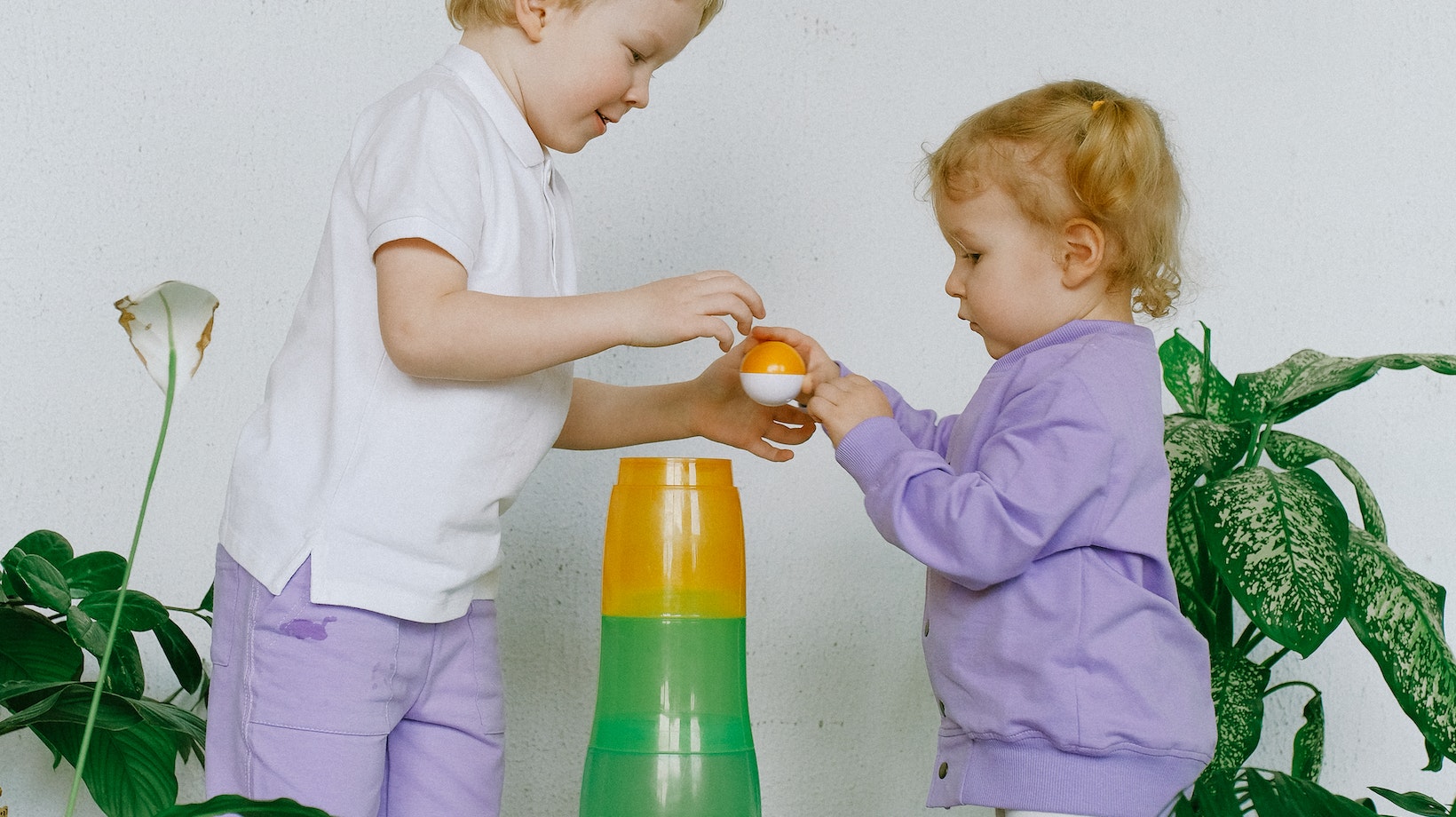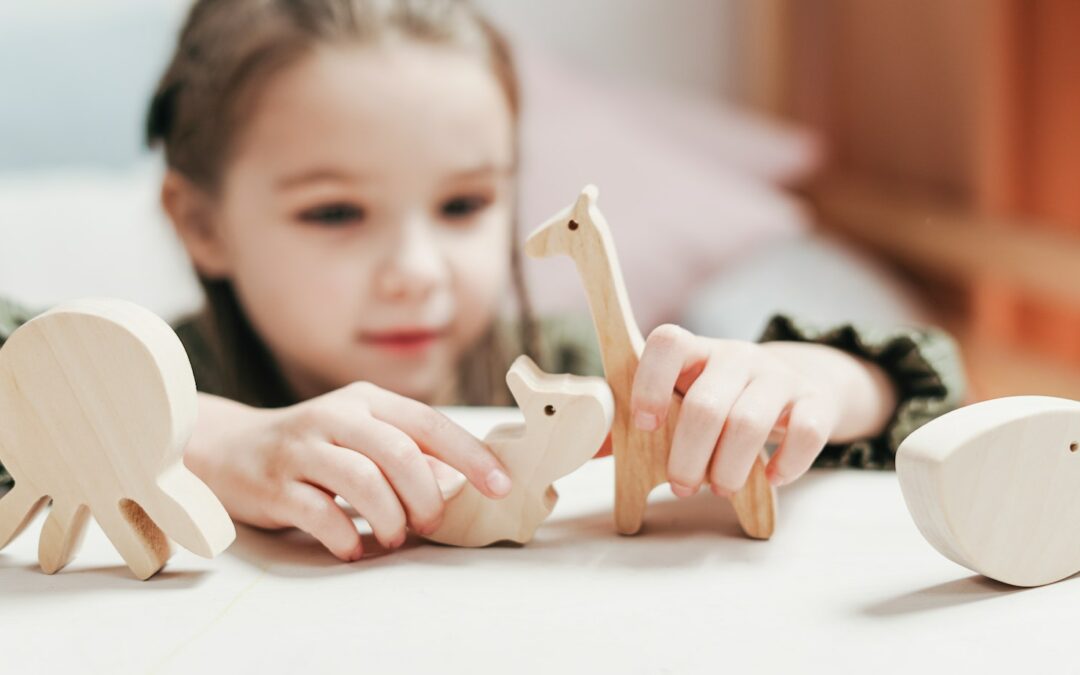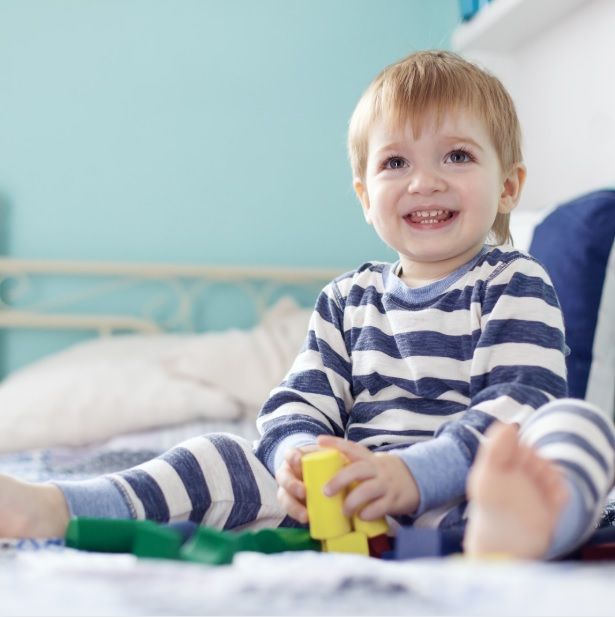Cognitive Activities For Toddlers
Sensory Play for Cognitive Development
- Texture Exploration: Providing various materials like sand or water beads allows children to experience different textures through touch. They can squeeze it between their fingers or run their hands through it.
- Sound Activities: Introducing musical instruments or objects that make different sounds (such as rattles or bells) helps toddlers develop auditory discrimination skills while also honing their hand-eye coordination.
- Visual Stimulation: Using brightly colored toys or objects with contrasting patterns can grab a child’s attention and enhance visual perception.
Exploring the Senses through Play
- Sight: Set up a “scavenger hunt” where little ones search for specific items based on color or shape.
- Hearing: Encourage your toddler to create music by experimenting with different household objects as makeshift instruments.
- Touch: Set up a tactile table with materials such as rice or kinetic sand for your child to dig into and manipulate with their hands.
- Taste: Introduce a variety of foods with different flavors and textures for toddlers to explore during mealtime.
- Smell: Create a DIY sensory bin filled with scented items like herbs, flowers, or spices for your child to sniff and identify.

Building Blocks: Enhancing Problem-Solving Skills
- Fine Motor Skills: Manipulating puzzle pieces or arranging objects in sorting games helps enhance fine motor skills in toddlers. The act of picking up small puzzle pieces and placing them correctly requires precision and coordination of hand movements. This not only improves their hand-eye coordination but also strengthens their finger muscles.
- Spatial Awareness: Puzzles often involve fitting shapes into specific spaces, which helps toddlers develop spatial awareness. They learn about the relationship between objects and the space they occupy as they figure out where each piece fits within the puzzle’s framework. This enhances their ability to visualize spatial arrangements and boosts their understanding of shapes and sizes.
- Concentration and Patience: Completing puzzles or sorting games requires concentration and patience from toddlers as they focus on finding the right solution or organizing objects systematically. These activities teach them the importance of perseverance when faced with challenges, helping improve their attention span over time.
- Language Development: While engaging in puzzles or sorting games, parents can encourage language development by discussing colors, shapes, sizes, or patterns with their toddlers. Describing the characteristics of different puzzle pieces or talking about similarities and differences during sorting activities promotes vocabulary expansion and language comprehension.
Pretend Play: Encouraging Imagination and Creativity
Pretend play is a wonderful cognitive activity for toddlers that not only provides entertainment but also fosters their imagination and creativity. Through role-playing games and creating a pretend play area at home, you can encourage your child’s cognitive development in a fun and engaging way.
Creating a Pretend Play Area at Home
- Choose a Theme: Select a theme that interests your child, such as a kitchen, doctor’s office, or grocery store. This will help set the stage for their imaginative play and make it more enjoyable.
- Gather Props: Collect age-appropriate props and toys related to the chosen theme. For example, if you opt for a kitchen theme, include toy utensils, pots and pans, plastic food items, and maybe even an apron or chef’s hat.
- Create Play Zones: Organize the pretend play area into different zones based on the chosen theme. For instance, if it’s a grocery store setup, have sections for fruits and vegetables, canned goods, baked goods, etc.
- Encourage Open-Ended Play: Provide open-ended materials like blocks or building sets that can be incorporated into various pretend play scenarios. This allows your toddler to use their creativity and problem-solving skills to construct new structures or objects during their imaginative play.
Music And Movement: Stimulating Brain Function
- Singing Songs: Singing simple songs with repetitive lyrics helps toddlers develop language skills, memory retention, and rhythmic awareness.
- Dancing: Encourage your toddler to move their body along with the rhythm of the music. Dancing promotes coordination, balance, and motor skills while also reinforcing spatial awareness.
- Musical Instruments: Introduce your child to age-appropriate musical instruments such as drums, shakers, or xylophones. Playing these instruments not only enhances fine motor skills but also fosters creativity and self-expression.
- Nursery Rhymes: Reciting nursery rhymes with accompanying hand gestures or movements helps toddlers improve their vocabulary, phonemic awareness, and comprehension skills.
- Musical Games: Engage your child in interactive games like “freeze dance” where they have to stop moving when the music pauses or “follow the leader” where they imitate different movements as you lead them.
The beauty of using music and movement as cognitive activities for toddlers is that it combines fun with learning. It allows children to explore rhythm patterns, express themselves creatively through movement, strengthen social bonds through group activities like dancing together or singing in a circle.
My name is Andrea Thompson and I’m a home based freelance writer. I’m 23 years old, married to my best friend, and mother to a wonderfully independent and opinionated 3 year old girl and step-mother to a sweet seven year old boy. I live in a tiny, little town in Kentucky, where I spend my free time fishing with my kids.
Writing has always been my passion, which I followed through high school, and for a while in college. Life happened, and once I discovered we were pregnant, I switched directions; opting for the healthcare industry because of the stability.
Finally, years later, I was in a place where I could leave the day job that never truly made me happy, and pursue my dreams. I’ve built, and am still building, my writing career from scratch. But, I’m passionate and I’m good at what I do. And, in the end, I can prove to my daughter that she can do anything she wants with this life.





